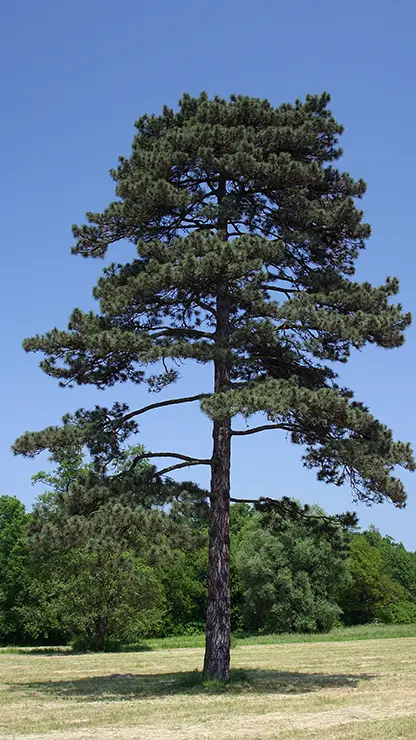

Austrian Pine
Pinus nigra J.F. Arnold
Austrian Pine
Pinus nigra J.F. Arnold
“…fast-growing compared to other pines, adding 13-30 inches in height a year”– Fun Facts
 Full Tree, Pinus nigra (Przykuta, 2010)
Full Tree, Pinus nigra (Przykuta, 2010)


Summary
Taxonomy
(How things are grouped and categorized based on shared traits.)- Kingdom: Plantae
- -Phylum: Streptophyta
- –Class: Equisetopsida
- —Subclass: Magnoliidae
- —-Order: Pinales
- —–Family: Pinaceae
- ——Genus: Pinus
- ——-Species: nigra
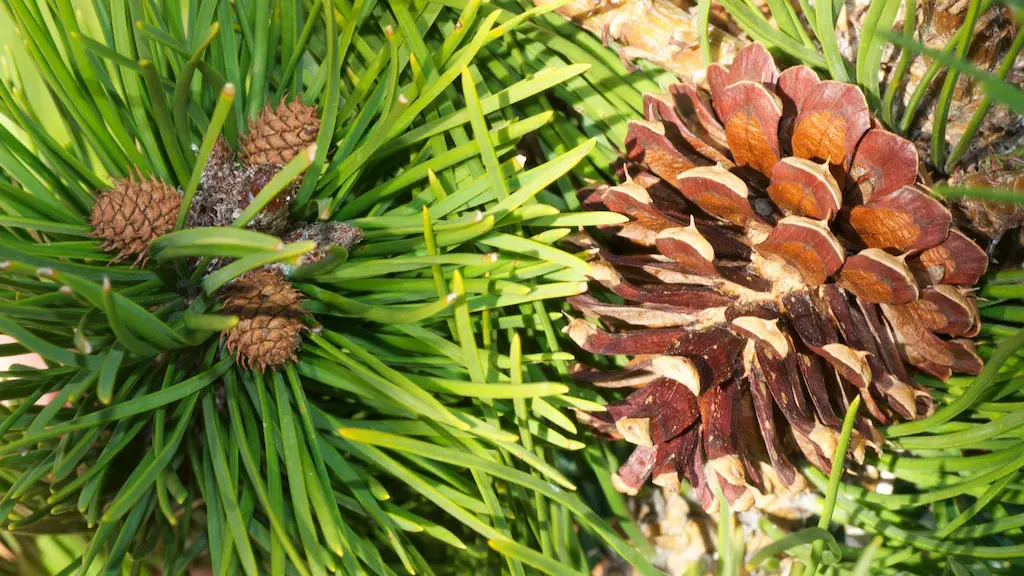
Taxonomic History:
Pinus nigra was first described by Johann Franz Xaver Arnold (1785). The Austrian Pine has numerous described subspecies and varieties, with generally five currently recognized: pallasiana (Turkey and Crimea), dalmatica (Balkans), salzmannii (France and Spain), laricio (Corsica, Sicily and Calabria) and nigra (Alps) (Farjon, 2010). Pinus nigra has sometimes been confused for the species Picea mariana (formerly Picea nigra), due to the similarities in its name, though they differ dramatically in morphology, most notably in cone type. Picea mariana is a spruce (genus Picea) and not a pine (genus Pinus).
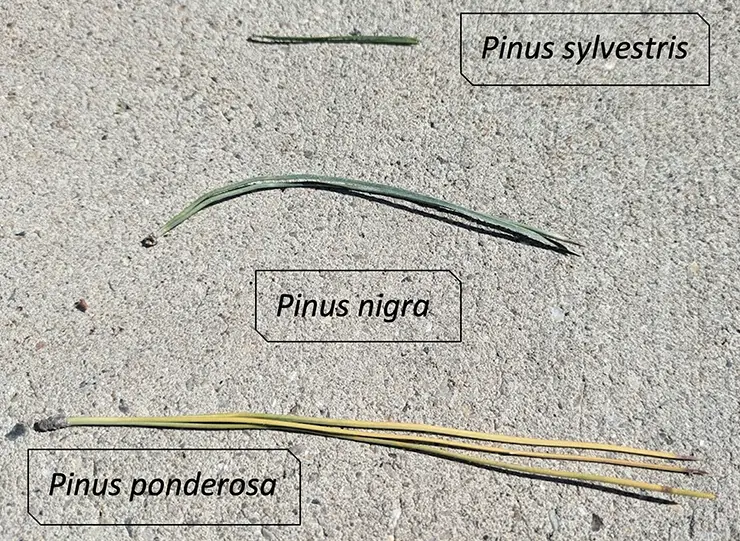

Identification Tips
In this park, Pinus nigra can be distinguished from other pines by needle length and fascicle (needle bundle) count. Pinus nigra has moderate-length needles that are 3-6 inches long and in fascicles of two. Pinus ponderosa has needles most often in fascicles of three, though it can be 2-5, but with needles 3-10 inches long. Pinus sylvestris also has needles in bundles of two, but with needles only 1.5-3 inches long, usually less than half that of Pinus nigra (Kral, 1993).

Fun Fact!
Pinus nigra is fast-growing compared to other pines, adding 13-30 inches in height a year, a trait preferred in the horticultural industry (Woodland Trust, 2024).

Fun Fact!
Austrian pine is susceptible to a variety of pests and insects, and generally discouraged from planting in the US Midwest due to its susceptibility (Morton Arboretum, 2024).
Native Range:
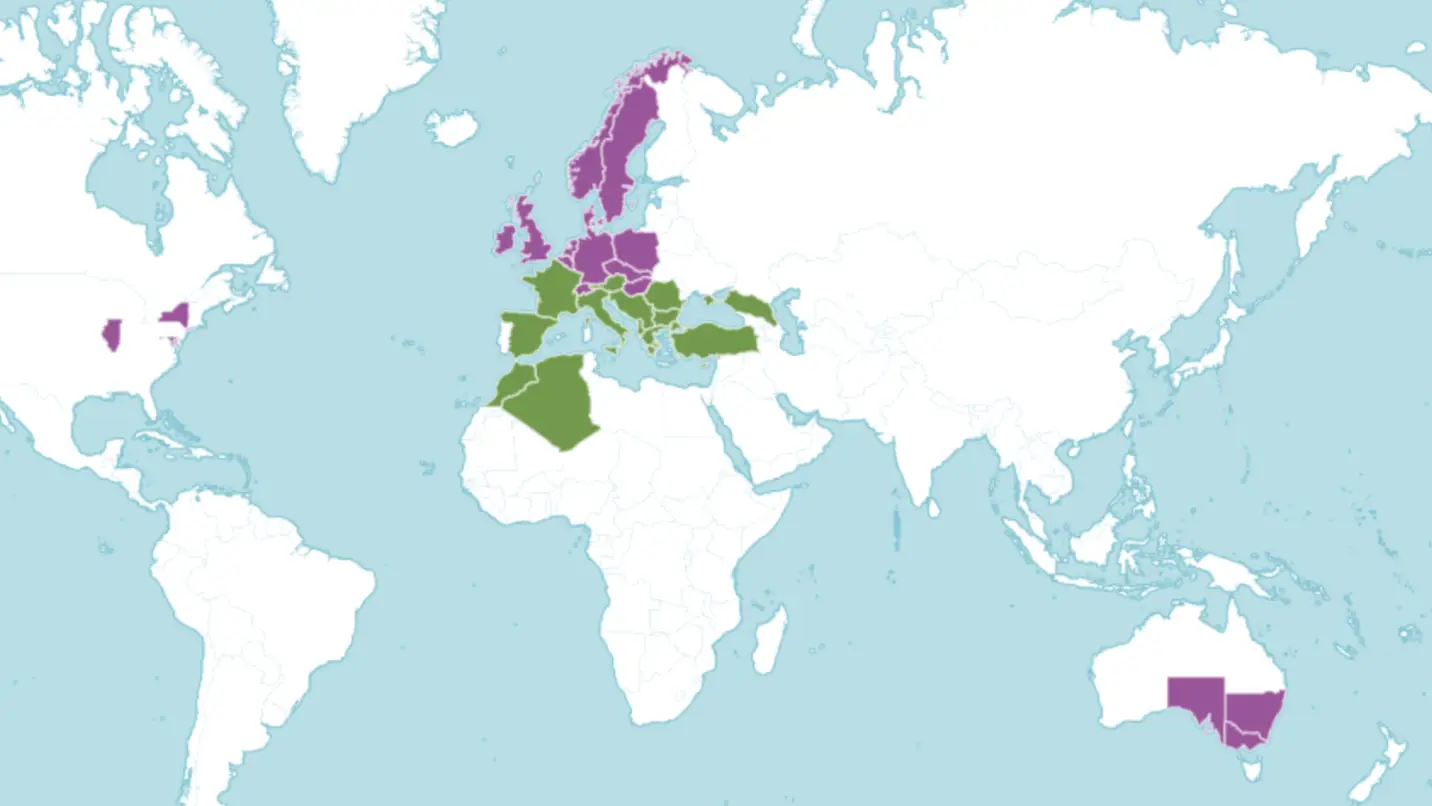

Native

Introduced
Plant Ecology/Habitat
Pinus nigra is native to Europe and North Africa. It prefers mineral-rich sandy soil and has been known to also grow in limestone. This hardy tree is quite tolerant of a variety of soils (Enescu et al, 2016).

Economic or Ethnobotanical Uses
- Pinus nigra is commonly used for landscaping and as a shade tree, due to its hardy nature and tolerance of salted/sandy/dry soils (Morton Arboretum, 2024).
- In its native Turkey, tar produced from Pinus nigra and its subspecies are widely used in medicine, particularly to treat topical wounds and infections, to seal wood from water damage, and as a repellant for snakes, mice, and insects (Ari et al., 2014).
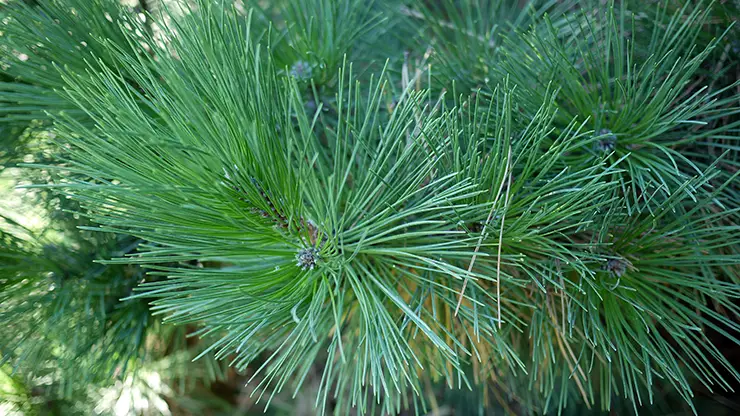

Conservation Status
According to the IUCN red-list criteria Pinus nigra is rated as “Least Concern” regarding its conservation (Farjon, 2013).
Additional Resources

References

- Arı, S., Kargıoğlu, M., Temel, M., & Konuk, M. (2014). Traditional tar production from the Anatolian black pine [Pinus nigra Arn. subsp. pallasiana (Lamb.) Holmboe var. pallasiana] and its usages in Afyonkarahisar, Central Western Turkey. Journal of Ethnobiology and Ethnomedicine, 10, 1–9.
- Arnold, J.F.X. (1785). Reise Mariazell 8, pl. s.n.
- Enescu, C.M., de Rigo, D., Caudullo, G., Mauri, A., Houston Durrant, T. (2016). Pinus nigra in Europe: distribution, habitat, usage and threats. In: San-Miguel-Ayanz, J., de Rigo, D., Caudullo, G., Houston Durrant, T., Mauri, A. (Eds.), European Atlas of Forest Tree Species. Publ. Off. EU, Luxembourg, pp. e015138+.
- Farjon, A. (2010). A handbook of The World’s Conifers. Boston: Brill Leiden.
- Farjon, A. (2013). Pinus nigra. The IUCN Red List of Threatened Species 2013: e.T42386A2976817. https://dx.doi.org/10.2305/IUCN.UK.2013-1.RLTS.T42386A2976817.en. Accessed on 29 October 2024.
- Kral, R. (1993). Pinus. In: Flora of North America Editorial Committee, eds. Flora of North America North of Mexico [Online]. Vol. 2. http://floranorthamerica.org/Pinus. Accessed 7 Oct 2024.
- Morton Arboretum (2024). Austrian Pine, (Not recommended). [website]. https://mortonarb.org/plant-and-protect/trees-and-plants/austrian-pine-not-recommended. Accessed October 2024.
- Przykuta (2010). Pinus nigra Full Tree. [Photograph]. Wikimedia Commons. https://commons.wikimedia.org/wiki/File:%C5%9Awierklaniec_pinus_nigra_12.06.2010_p.jpg
- Nielsen, M. (2024). P. ponderosa, P. nigra, P. sylvestris Needle Comparison. [Photograph]. Orem City Center Park, Orem, UT.
- POWO (2024). Pinus nigra. Plants of the World Online. Facilitated by the Royal Botanical Gardens, Kew. Retrieved October 11, 2024 from https://powo.science.kew.org/taxon/urn:lsid:ipni.org:names:677088-1/general-information.
- Richards, F.D. (2012). Pinus nigra ‘crapo’ Austrian Pine Witches broom. [Photograph]. Flickr. https://www.flickr.com/photos/50697352@N00/7988961732
- Sullivan, J. (2012). Male and female cones of Pinus nigra. [Photograph]. Flickr. https://www.flickr.com/photos/mollivan_jon/6984745936
- Woodland Trust (2024). Pine, Black. [website]. Accessed 29 October 2024 from https://www.woodlandtrust.org.uk/trees-woods-and-wildlife/british-trees/a-z-of-british-trees/black-pine/.
